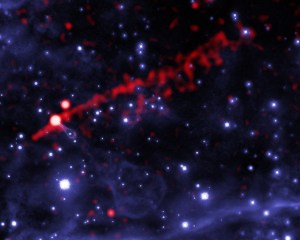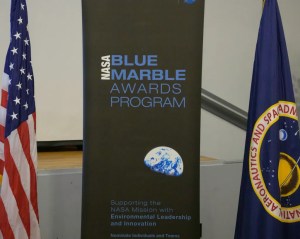The Airspace Technology Demonstrations (ATD) Project is comprised of a collection of critical technology development and demonstration activities geared toward delivery of near-term benefits to air transportation system stakeholders.
The Terminal Sequencing and Spacing – Flight Deck Interval Management activities, also referred to as ATD-1, will operationally demonstrate an integrated set of NASA arrival management software technologies for planning and executing efficient arrival operations in the terminal environment of a high-density airport. The research involves investigations of methods to improve tight integration of scheduling and merging and spacing capabilities, as well as increasing the fuel efficiency of arrival operations.
The Integrated Arrival/Departure/Surface activity, also referred to as ATD-2, will develop and adjust precision schedules for gates, spots, runways, arrival and departure fixes while ensuring efficient individual aircraft trajectory. This will reduce the unnecessary buffer imposed by the human workload associated with the tasks of simultaneously coordinating and scheduling of arrivals, departures, and runway and surface operations. These inefficiencies are pronounced when the traffic density is high, and results in lost slots and/or many stop-and-go operations between gates and the runway threshold.
The Applied Traffic Flow Management (ATFM) activity, also referred to as ATD-3, will explore concepts and develop technologies to execute more efficient flight paths for en route airspace. Delays in flight plans are largely due to weather. Of the 25% of aircraft that experience delays, fully 75% percent of those delays are weather-related; in that subset, about 65% of delays are potentially avoidable. ATFM will employ learning automation for traffic flow management and digital traffic management initiatives to develop more effect strategic and tactical flow management procedures.
The goal of the Technologies for Airplane State Awareness (Energy and Attitude) (TASA) activity is to identify risks and provide the knowledge needed to avoid, detect, mitigate, and recover from hazardous flight conditions. TASA will demonstrate new capabilities that enable pilots to better understand and respond safely to complex situations, and to improve operator effectiveness within aviation systems by incorporating design elements that enhance human contributions to aviation safety. NASA will conduct an integrated, high-fidelity simulator demonstration of a state-of-the-art aerodynamic model of commercial aircraft flight characteristics that supports flight crew training requirements for assuring safe aircraft control.
This research primarily aligns with the Safe and Efficient Growth in Global Operations strategic thrust area.
- Reducing weather-involved delays by integrating probabilistic weather information with aircraft, flow and airspace management strategies;
- Dispatcher decision support tools to provide dynamic, efficient routing for airborne aircraft and flows to avoid severe weather at the regional level;
- Aircraft-based technology to support flight-optimizing requests by pilots;
- Increased oceanic airspace operational efficiency by tighter integration of air/ground procedures and technologies to enable trajectory-based operations and reduced separation minima employing ADS-B; and
- Methodologies, tools and procedures for en route pair-wise trajectory management concepts.
As part of a government/industry review of worldwide aviation accidents, the aviation community is looking carefully into enhanced training requirements for stall recognition and recovery to avoid loss-of-control accidents: the most common cause of fatal aviation accidents worldwide. Augmenting a flight simulator with NASA’s aerodynamic model will allow pilots to recognize and respond correctly to conditions that can lead to a stall. NASA will partner with other government agencies and the Commercial Aviation Safety Team – a joint initiative comprised of federal, international, and aviation industry and union leaders – on this activity.
This research primarily aligns with the Safe and Efficient Growth in Global Operations strategic thrust area.


































